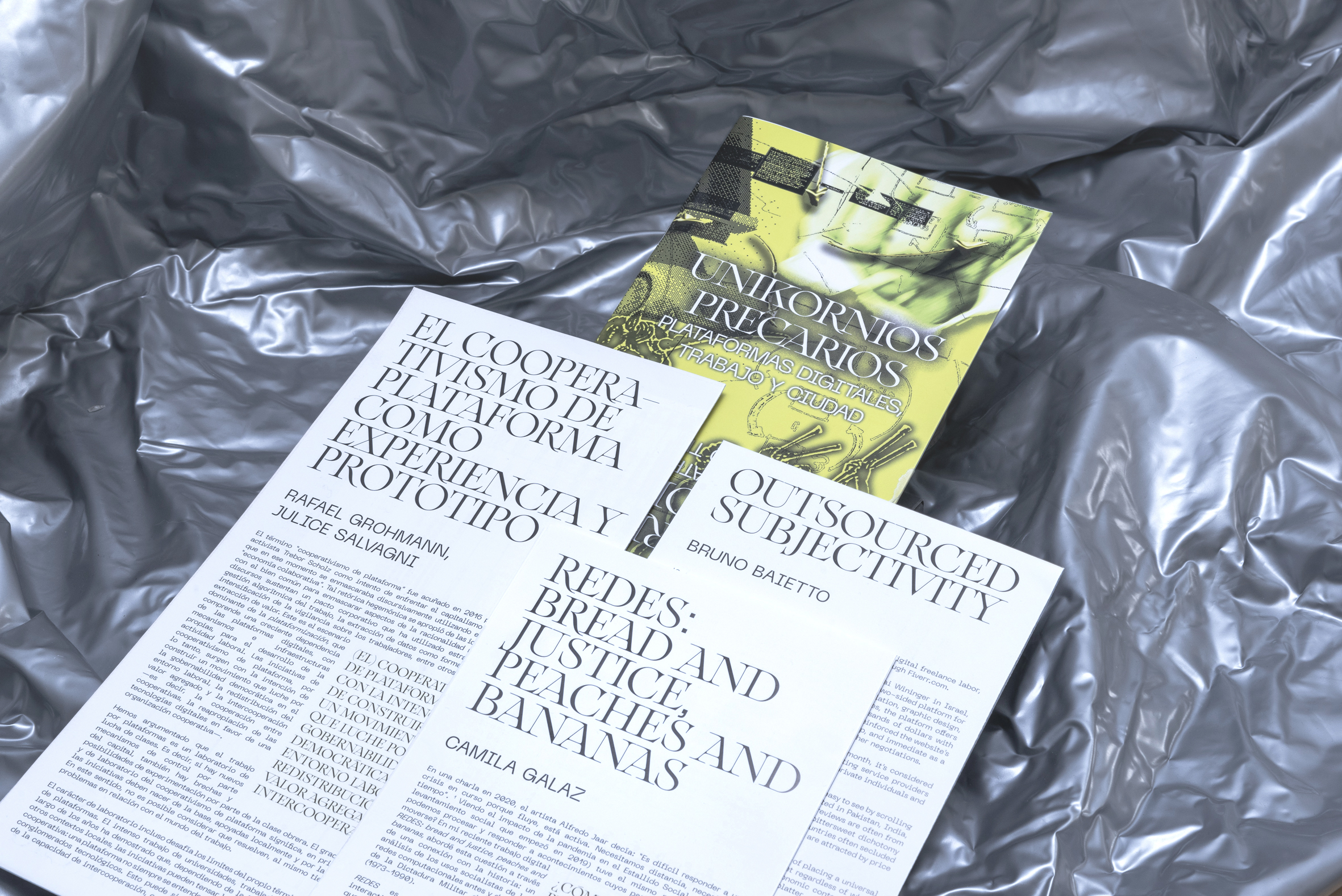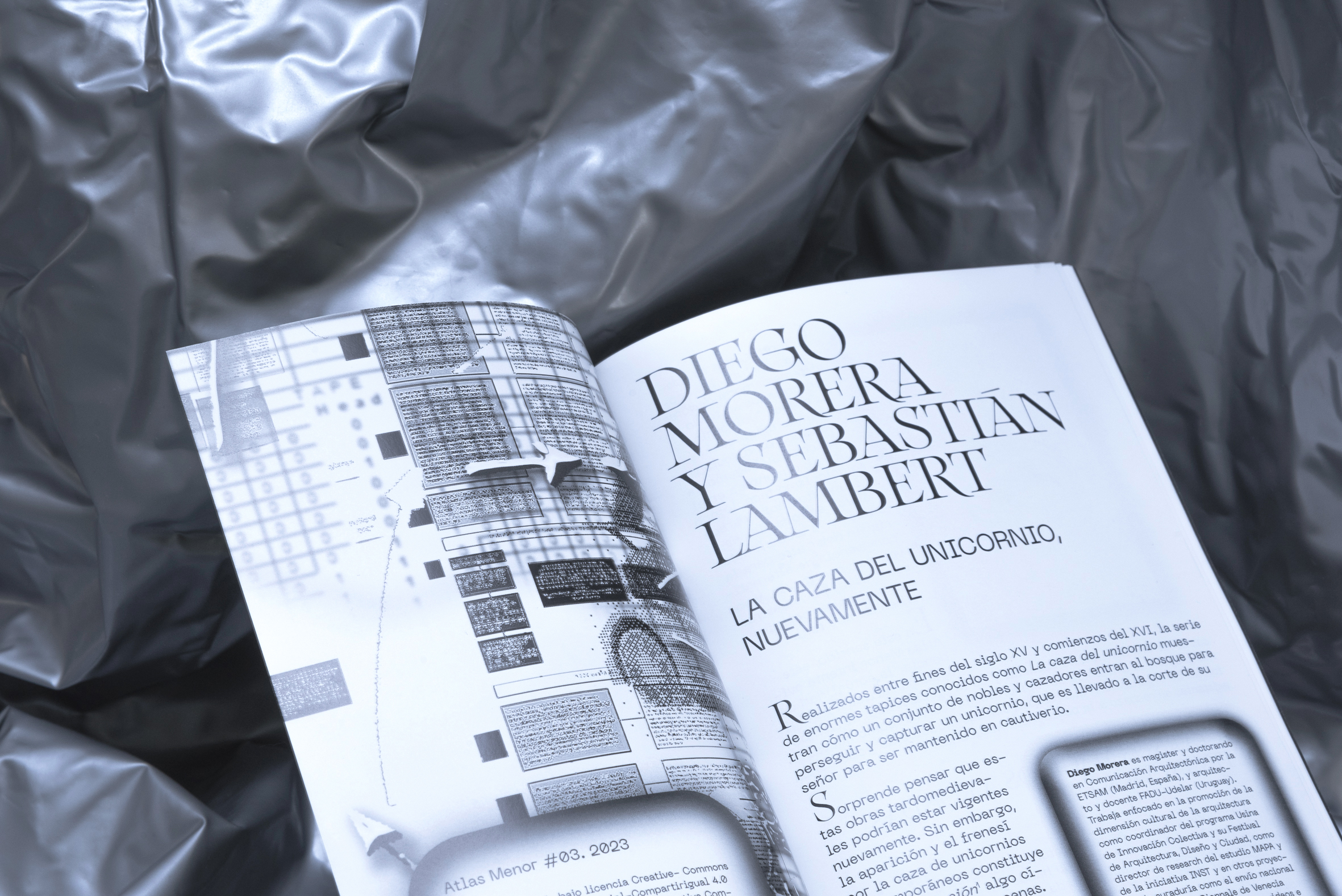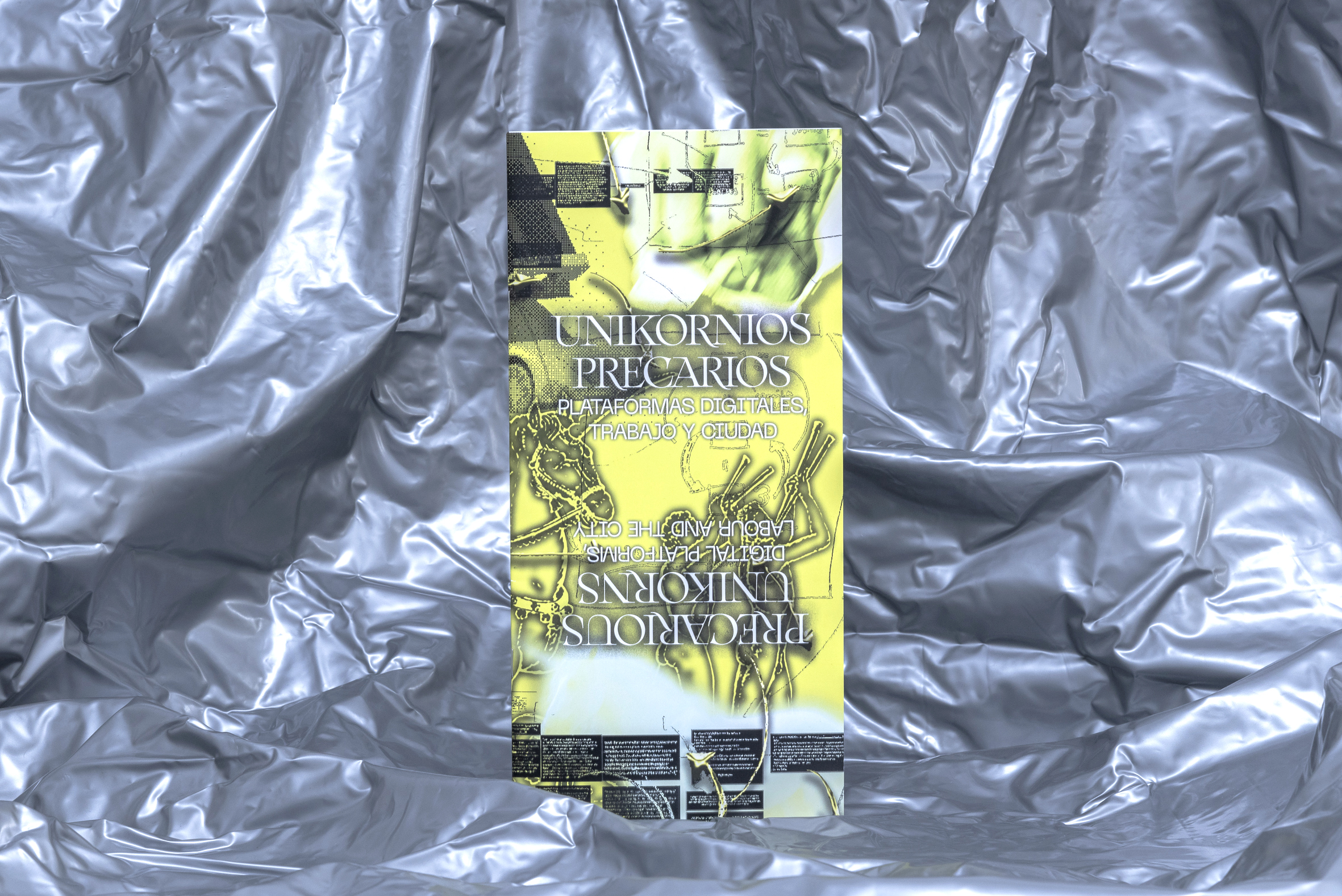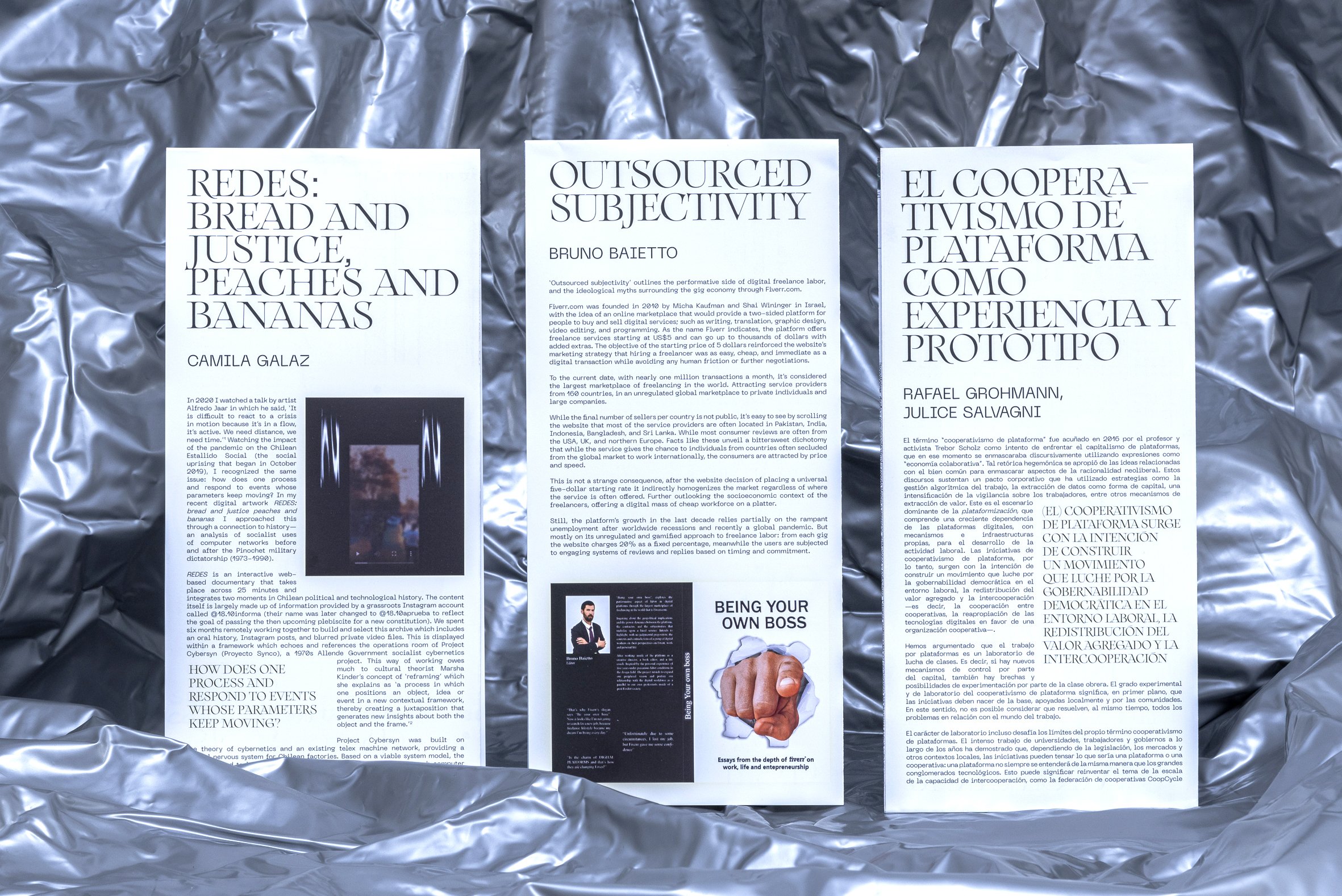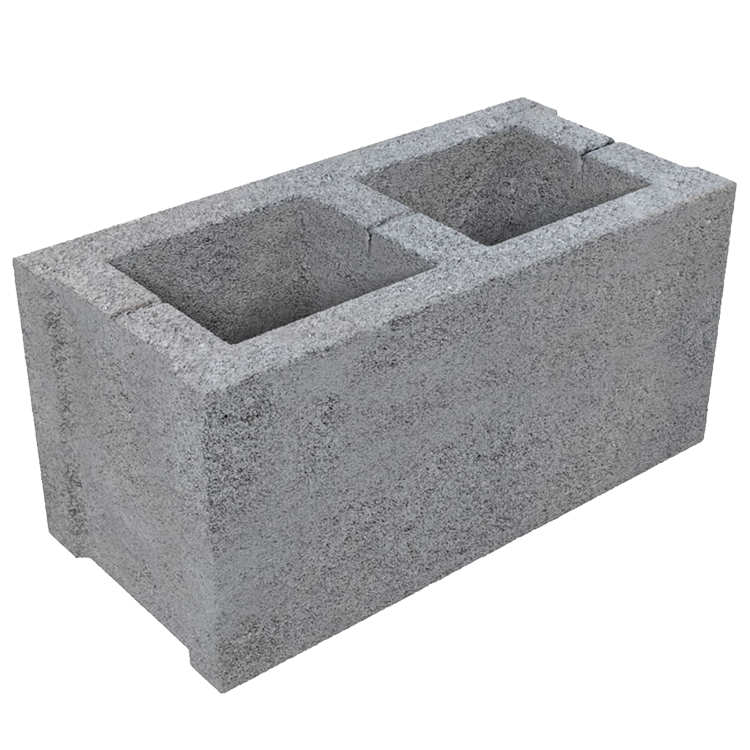Atlas menor #01.
Disidencia sexual
Minor Atlas #01.
Sexual Dissidence
Venidadevenida (ed.)
12,00€ + envío/shipping︎︎︎ Comprar
Mirar a la cartografía desde las disidencias sexuales posibilita un proceso de resignificación que habla en otros términos, trata otros territorios y rompe con los ideales hegemónicos de lo cartográfico. Este eje atraviesa el trabajo de lxs tres autorxs participantes, para encontrar un potencial que permita cuestionar, remover e imaginar otras vivencias posibles. Esto significa dar cuenta de lo subjetivo y activar herramientas que denotan una voluntad política. Y es que tratar otro tipo de experiencias que se alejan de la norma requiere otras formas de hacer que posibilitan nuevos imaginarios pero no olvidan las relaciones de poder y las desigualdades que los inscriben. En definitiva, demuestran que podemos hacer cartografías en nuestros propios términos.
El trabajo de Kyle Lasky (Lesbian Bedrooms II), nucbeade (Lesboanimitas) y Lucas Larochelle (qt.bot) forman esta primera aproximación cartográfica acompañados de un texto de Yera Moreno. Son mapas que están construidos con argamasa de memoria colectiva, experiencias personales, deseos entrelazados y relatos ficcionados. Hacen referencia a las diferentes formas de vivir y habitar el espacio a través de testimonios, fotografías u otros registros que cuentan historias; historias que hablan desde la memoria, la intimidad y la ficción, desde lugares de resistencia y de vulnerabilidad.
Contribuciones Kyle Lasky, Lucas LaRochelle, nucbeade
Texto Yera Moreno
Editoras invitadas Ana Olmedo, Elena Águila (Venidadevenida)
Diseño y edición Antonio Giráldez López, Pablo Ibáñez Ferrera
Traducción Akshid Rajendran
Dep.Legal LU 136-2020
Proyecto financiado por Ayudas Creación Injuve
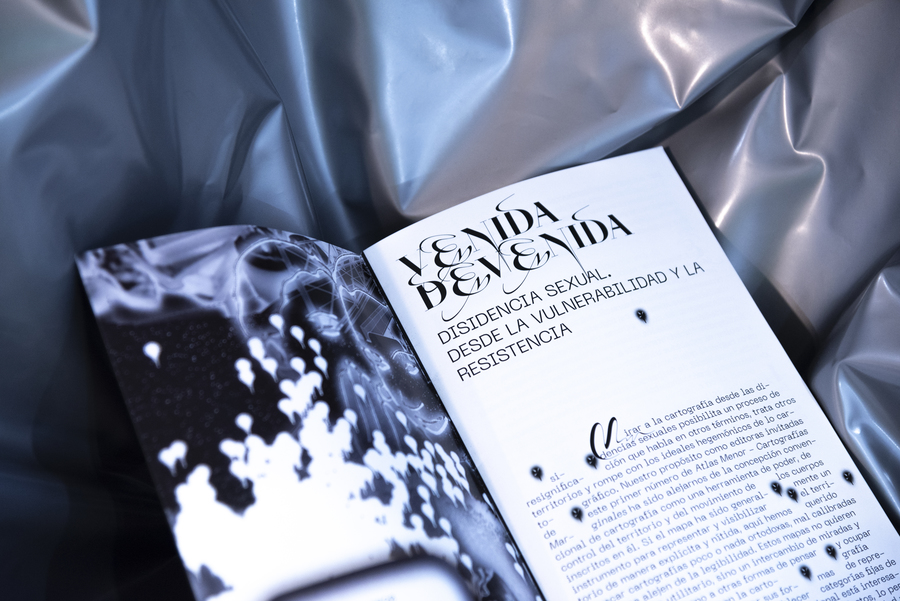
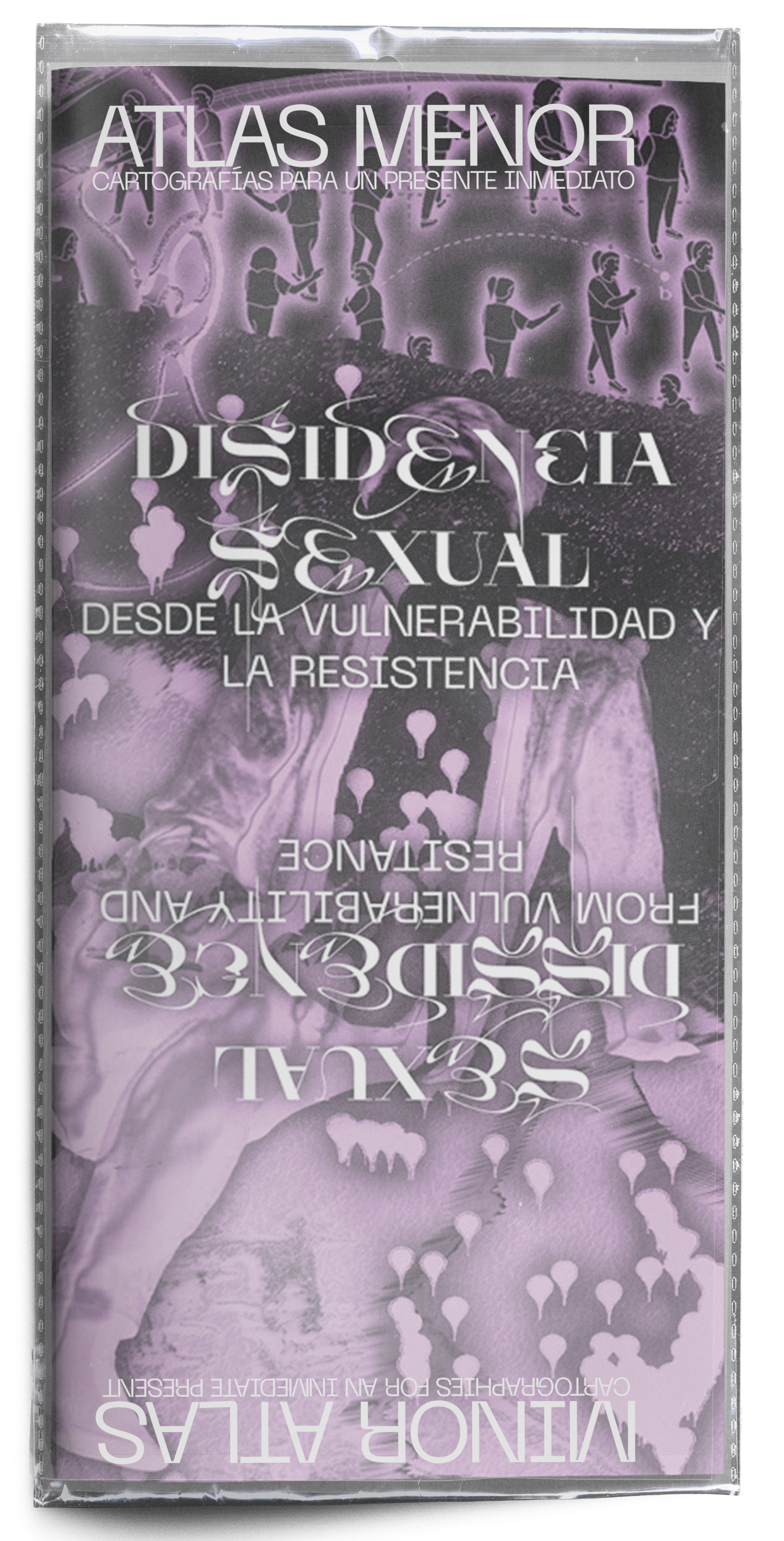
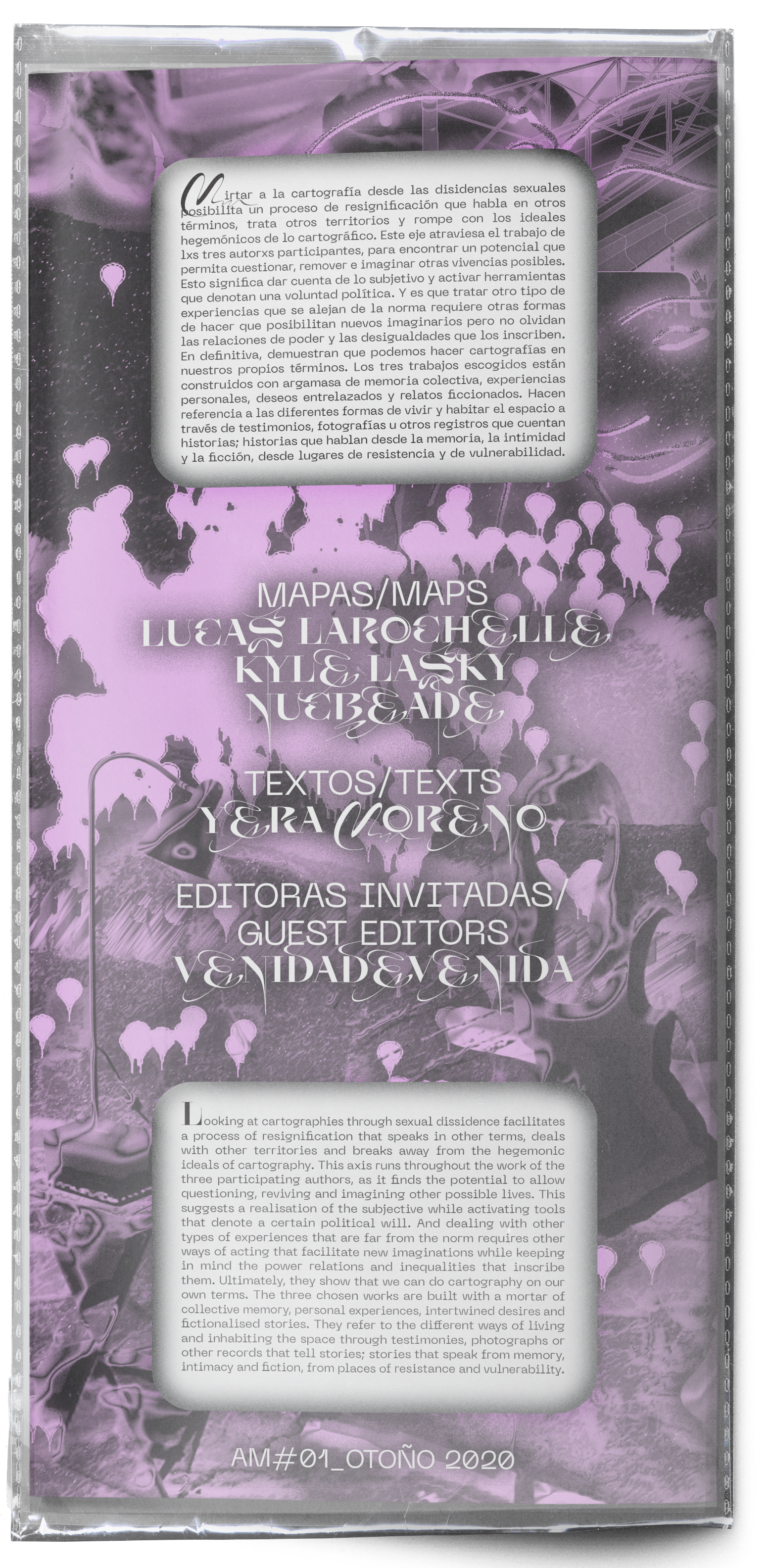
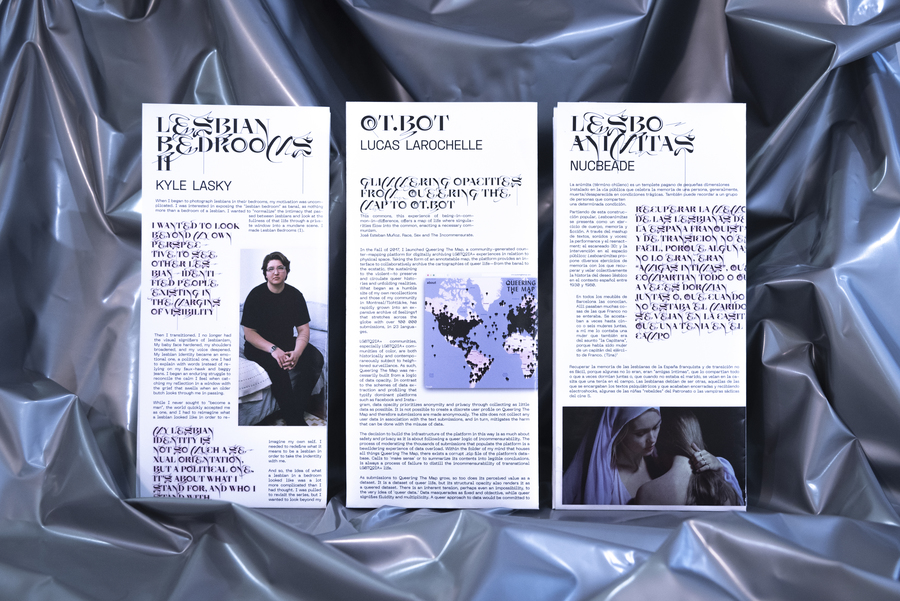
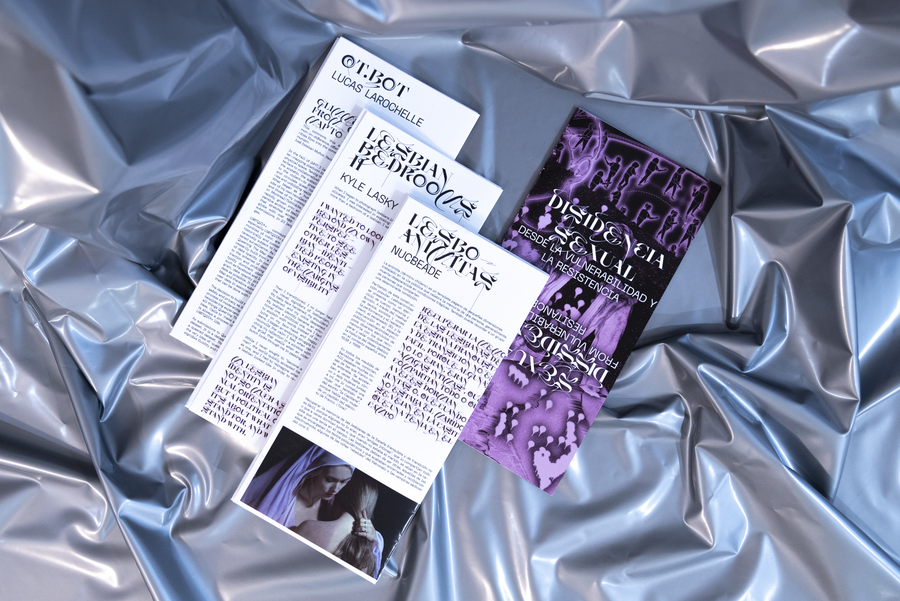
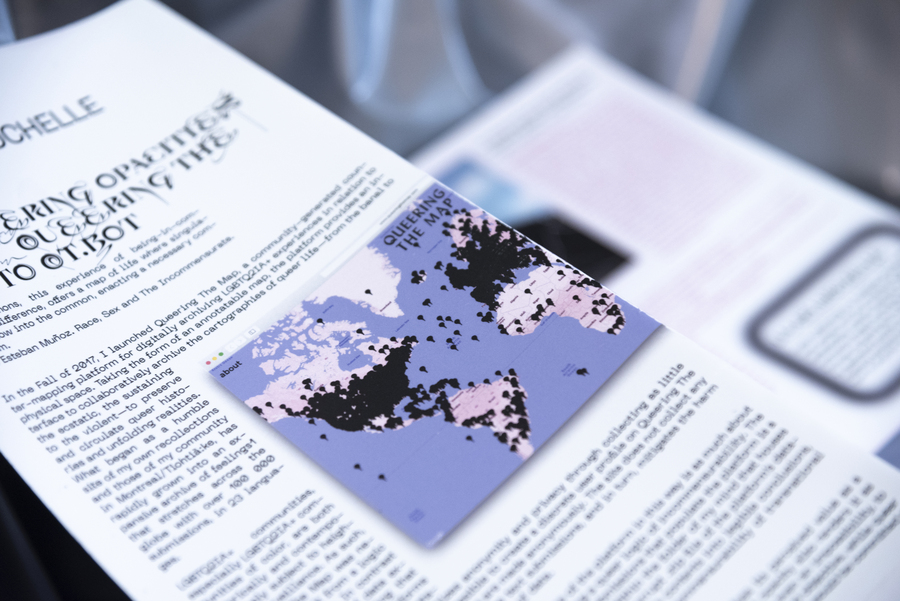
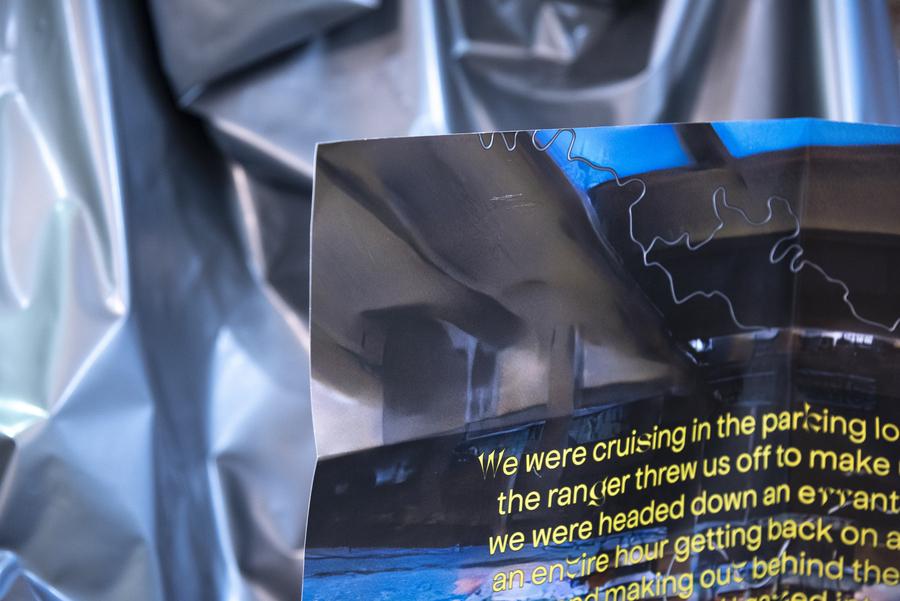
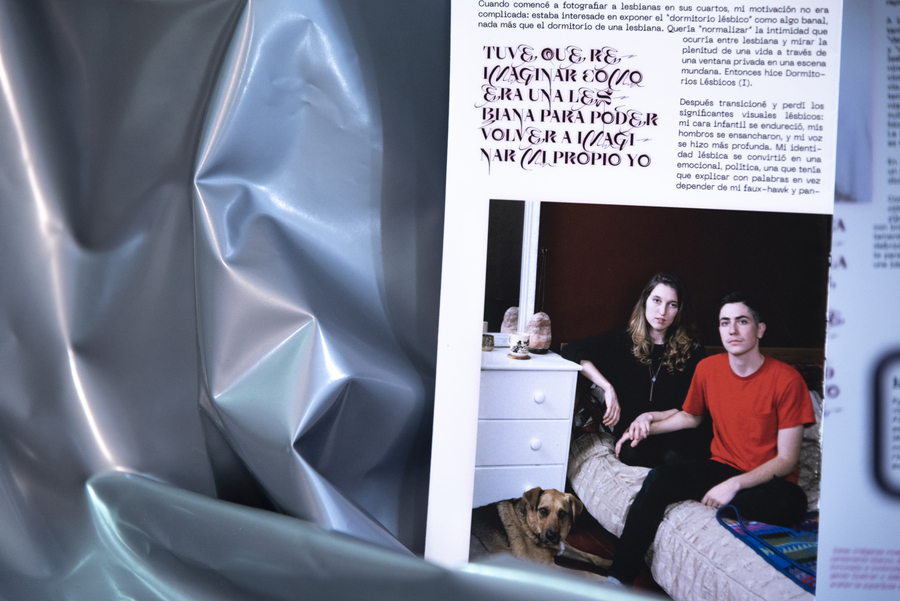
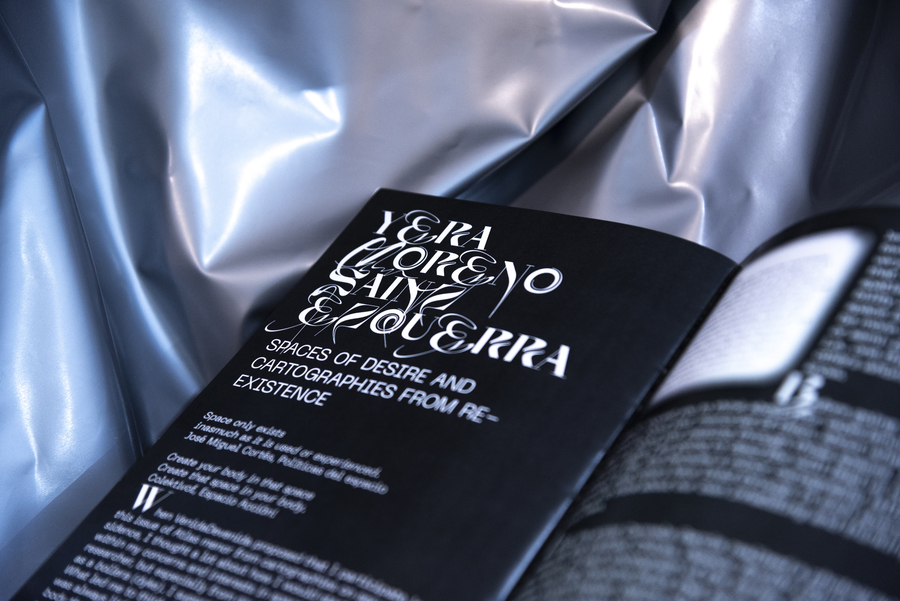
Atlas menor #03.
Unikornios precarios
Minor Atlas #03.
Precarious Unikorns
Sebastián Lambert, Diego Morera (ed.)
13,00€ + envío/shipping ︎︎︎ Comprar
Contrarios a su aparente apertura, los nuevos ecosistemas emprendedores son impermeables a la diversidad de discursos políticos. Su hegemonía cultural, cimentada en el solucionismo tecnológico y la meritocracia, parece colarse en todas las escalas de la vida planetaria sin dejar alternativas. Así, construyen nuestras espacialidades cotidianas en tiempo real. Los trabajos de Bruno Baietto, Camila Galaz, Rafael Grohmann y Julice Salvagni, junto con un texto de Alejandra López Gabrielidis, intentan evidenciar la actualidad de estas narrativas mitológicas desde una perspectiva espacial y de la precariedad, al tiempo que propone la existencia de “unikornios precarios” como nuevas formas de organización que rompen con los modelos de gobernanza existentes en rechazo a la obediencia neofeudal.
Contrary to their apparent openness, the new entrepreneurial ecosystems are impervious to the diversity of political discourse. Its cultural hegemony, based on technological solutionism and meritocracy, seems to creep into all scales of planetary life, leaving no room for the coexistence of alternatives. Thereby, they build and are built by our everyday spatialities in real-time. The works of Bruno Baietto, Camila Galaz, Rafael Grohmann, and Julice Salvagni, along with a text by Alejandra López Gabrielidis, try to show the relevance of these mythological narratives from a spatial and precarious perspective, while proposing the existence of “precarious unicorns” as new forms of organisation that break with the existing governance models as a rejection to neo-feudal obedience.
Contribuciones Bruno Baietto, Camila Galaz, Rafael Grohmann y Julice Salvagni, Alejandra López Gabrielidis.
Editores invitados Diego Morera, Sebastián Lambert
Diseño y edición Antonio Giráldez López, Pablo Ibáñez Ferrera
Idioma Español e inglés
Traducción Akshid Rajendran
Impresión Offset 4/4 tintas, funda plástica serigrafiada
ISBN 978-84-124970-7-6
Contributions Bruno Baietto, Camila Galaz, Rafael Grohmann & Julice Salvagni, Alejandra López Gabrielidis.
Guest editors Diego Morera, Sebastián Lambert
Design and editing Antonio Giráldez López, Pablo Ibáñez Ferrera
Language Spanish and English
Translation Akshid Rajendran
Printing Offset 4/4 inks, screenprinted plastic jacket
ISBN 978-84-124970-7-6

